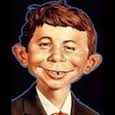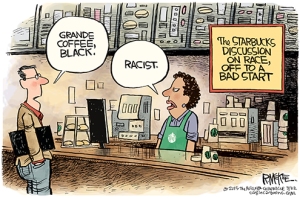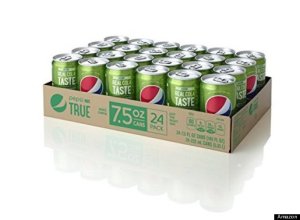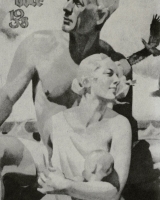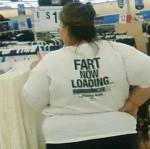Don’t dive in without doing at least “some” market research.
OK, you’ve got a great idea for a new business or maybe just a new market for a business you already have. Remember, all new ideas are good ideas, mainly because YOU came up with them.
However, the bad news is all new ideas are not equal. Some are great, some just so so and, unfortunately, some are downright bad and could end up costing you a lot of money.
So, what is a hopeful, optimistic entrepreneur to do?
Invest some of your time, and not necessarily a lot of your money, getting some information about your brainchild of an idea. It doesn’t have to be a lot of time. It doesn’t have to cost a lot. But doing the minimum before you jump in will provide you two things:
- It just may save you from making a big mistake. There are no guarantees and a bad idea may still “look” good until it meets the realities of the real world, but SOME information is better than NO information when evaluating an investment.
- However, if the idea continues to “look” good, even after you have gained just a little information, gathering that information can help you begin the marketing planning you will need to launch and grow a new business.
Your Basic (Quick & Short) Checklist

1. Target Audience: How big is it? How are your competitors reaching it? How will you reach it (and for how much)?
2. Who are your competitors? Are there many of them? Does your idea offer something they don’t?
3. What do you think can be your USP (Unique Selling Proposition)? Aim for more than just a lower price, more product options or longer credit/faster delivery. Those are just “things” that a competitor can ultimately offer.Try to discover what will make your idea different AND better in the customer’s eyes.
Basic (and Free) Market Research

- Shop/observe your competitors. Go to their stores. Talk to their employees. Check out their advertising and social media activities. If they are good marketers, this will tell you a lot about how they see the market and how they approach it. It doesn’t matter if they are B2B or B2C businesses. All of this is information helps you understand where are the obstacles and opportunities for your idea.
- Check out the local Chamber of Commerce and trade associations/organizations and see who are their members in the space you plan to enter. Here in Phnom Penh, the American Chamber of Commerce has a special SME/Start Up Committee you can join. You can join join or just visit other local non-governmental organizations like the Young Entrepreneurs Association of Cambodia. These can be good sources for networking and sharing information.
- If there is a trade association related to your business idea in your area, contact them for all formation they have. Such organizations are eager to promote their specific industries and companies. Also, make sure you review the free information in the Yellow Pages, on-line articles and relevant websites via the search engines.
No matter what your idea and the limited “research” you do to evaluate it, at some point you will want better, more complete information to fully analyze the market and form the most effective marketing plan you can. Make sure you choose a research provider that helps you ask the right questions and get the most effective answers.











